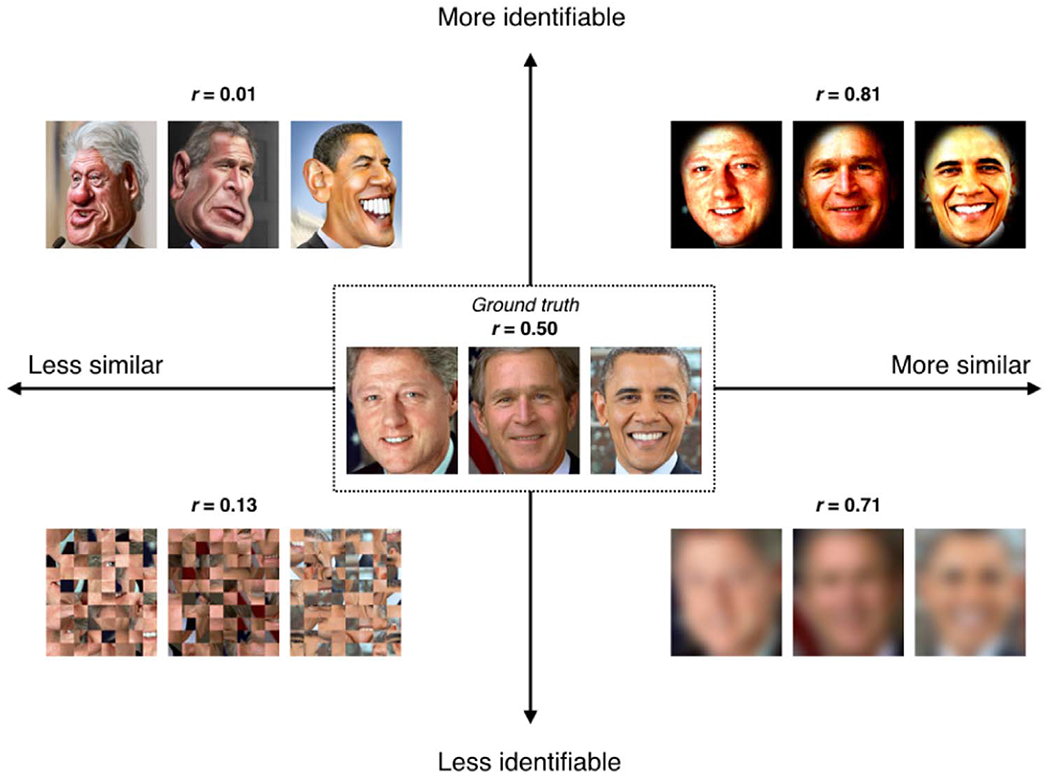Fig. 1. What is the optimal brain state for measuring individual differences?

A thought experiment to illustrate how between-subject variability can be dissociated from single-subject identifiability. Consider images of three individuals with a ground-truth similarity of r=0.50 (average of the correlation coefficients between all three pairs of image RBG values; middle box), but this is a latent value and not directly observable. Instead, individual differences are measured in various experimental conditions, each of which is associated with different levels of between-subject similarity (measured with r) and individual-subject identifiability (a subjective metric reflecting ease of recognition). A condition that makes subjects look maximally different (lower left) is not ideal for studying individual differences, since it may destroy key features of each individual. On the other hand, increasing similarity across subjects at the expense of obscuring any individual features (lower right) is also not ideal. Thus, the optimal brain state for measuring individual differences is likely one that evokes some level of divergence across subjects while stabilizing the most important features of each subject. Such a state may evoke either an overall increase in between-subject variability (upper left, “caricature” condition) or, somewhat paradoxically, a decrease in overall between-subject variability (upper right, “selective enhancement” condition), as long as the key individual features are preserved or even enhanced. Image credits: Presidential photographs, whitehouse.gov; Clinton caricature, www.flickr.com/photos/donkeyhotey/10964745624/; Bush caricature, www.flickr.com/photos/donkeyhotey/29513525751/;Obama caricature, www.flickr.com/photos/donkeyhotey/5601868538/. All caricatures provided under Creative Commons Attribution 2.0 Generic license.
